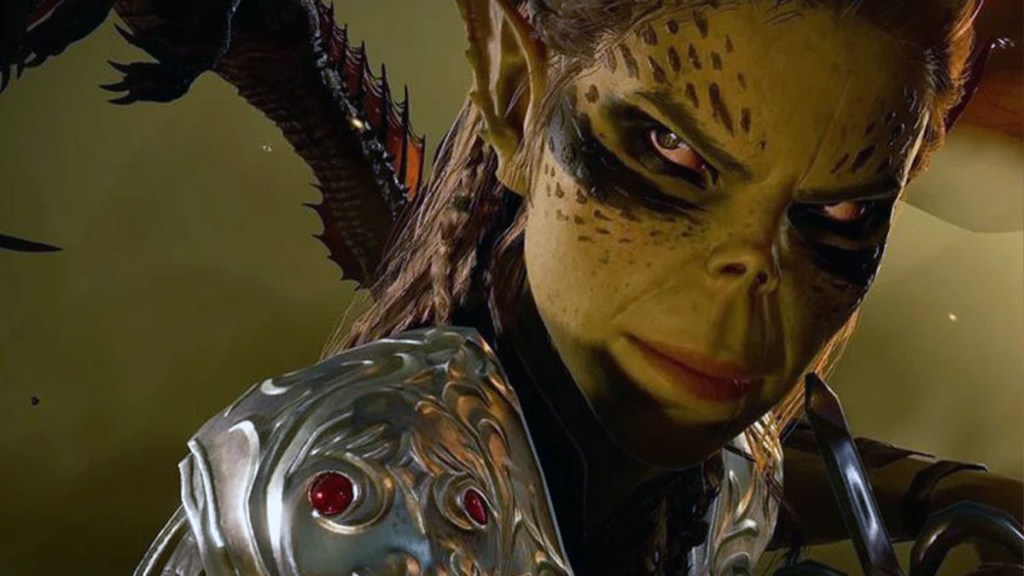Baldur’s Gate 3 launches with DLSS and DLAA, but you have to use one or the other. Activate one, and the other will turn off. So, you have to make a decision about which one’s best for you. Fortunately, this isn’t tough to figure out, and we’ll break down the choice below.

Atlas is an action-rpg with rogue-like elements where you use your ability to control the ground to fight the enemies and move through procedurally generated worlds.










